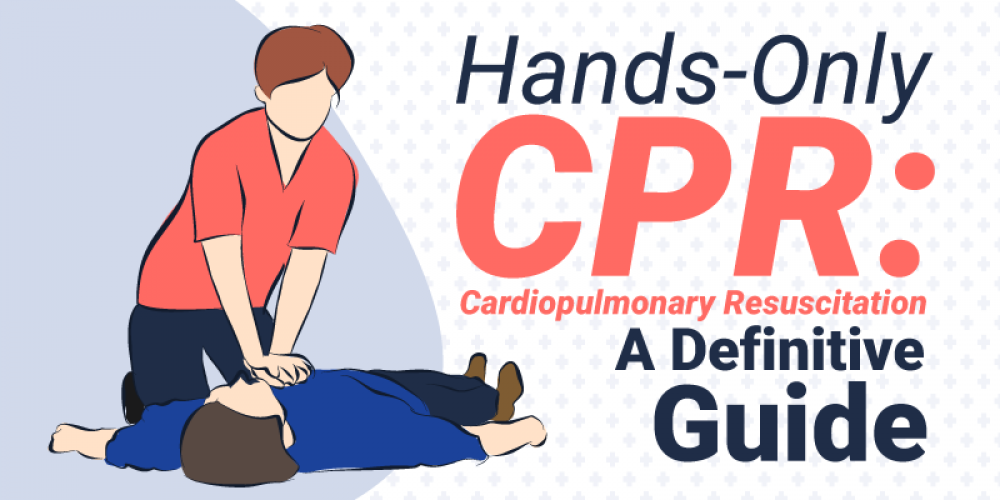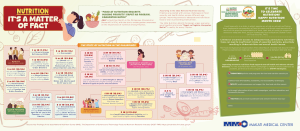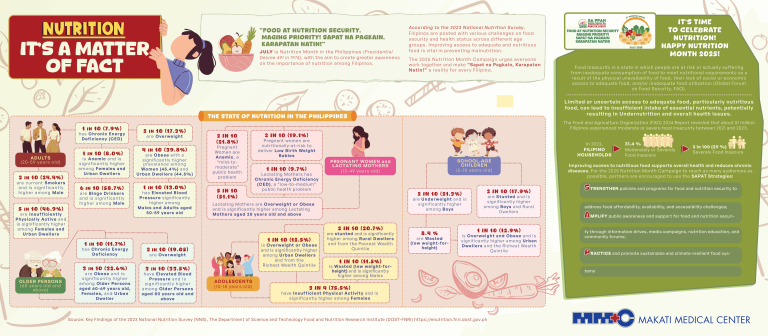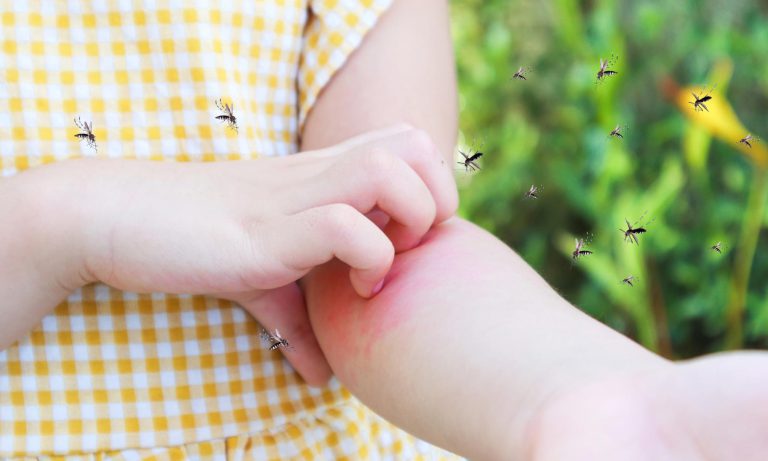Knowing basic first-aid treatment can spell the difference between life and death in an emergency. After all, some cases require quick responses that cannot wait for an ambulance or doctor. One of the best examples is CPR—but not a lot of people know how to perform it on other people.
What is Cardiopulmonary Resuscitation?
Cardiopulmonary Resuscitation or CPR is a life-saving procedure done on someone whose heart has stopped beating. When done right away, CPR can double or even triple the chances of a victim’s survival. CPR keeps the blood flow active once the heart has stopped pumping it to other parts of the body and restarts the heart.
There are generally two types of CPR performed by either untrained or trained individuals. Hands-only CPR is done by the untrained, and it is done by uninterrupted chest compressions of 100 to 120 pushes a minute without having to apply rescue breathing. Those who are trained will do chest compressions and perform mouth-to-mouth resuscitations, as well.
If you suspect that someone is experiencing cardiac arrest, suffocation, or any instance where the victim has no pulse, hands-only CPR can be performed until the paramedics arrive at the emergency site.
3 Steps to Do Before Giving CPR
CPR is meant to be done immediately, but be careful to perform it on someone who may not need it. Always check if the person is breathing and still has a pulse before proceeding.
- Check the surrounding area and the victim. Make sure that the scene is safe and suitable for CPR. Make an effort to wake the patient up by tapping their shoulder, asking if they are okay in a loud and clear voice, or checking if there are signs of life (breathing).
- If the patient is unresponsive, call emergency medical services right away. If there is a bystander near the scene, asking them to call is a good idea. Every second counts, so being quick is imperative.
- Start by doing hands-only CPR compressions. Take note of hand placement, tempo, and other necessary procedures to be aware of in the detailed steps below.
How to Perform Hands-Only CPR
Learn how to do CPR properly using the steps described below. Hands-only CPR means there is no need to give rescue breaths or mouth-to-mouth resuscitation. This method is done if the person is not trained to perform the standard CPR technique on someone else.
- After performing all pre-CPR checks, kneel beside the person who needs help.
- Firmly place the heel of the hand on the center of the patient’s chest.
- Next, place the heel of the other hand on top of the first hand. Interlace the fingers together until it forms into a fist.
- Position the body so that the shoulders are directly over the hands. Keep the arms straight and below the shoulders.
- Start pushing hard and fast. Use body weight and strength to perform chest compressions that are at least two inches deep for adults and 1 1/2 inches deep for children. As a general rule of thumb, do 100 to 120 pushes per minute. It is recommended to do it to the beat of the 1977 Bee Gees song “Stayin’ Alive.” Be sure to let the chest rise between compressions.
- Keep doing chest compressions until you see signs of life like breathing. If the patient is unresponsive, keep pushing until the paramedics arrive at the scene, where they can perform trained CPR until the patient is stable or before admission to an intensive care unit. Discontinue if the area becomes unsafe or it is too exhausting to continue.
Where to Learn CPR in the Philippines
Learning how to save a life can simply be done via a physical or online seminar. Below are some reputable institutions in the Philippines or online where people can get certified to perform hands-only or trained CPR.
- Philippine Heart Association (PHA)
- PHA Cardiopulmonary Resuscitation Council
- Red Cross
- National CPR Foundation
- Health & Safety Solutions Philippines (HSS)
- HealthForce Training Center
Act Before It Is Too Late
Being equipped with the knowledge to perform hands-only CPR can come in handy in unexpected situations. Tragedy can strike at home, in the office, or even during a supposedly fun trip. There is nothing to lose and everything to gain by learning how to do CPR to friends, family, or strangers.
If you suspect that you or your loved ones may be suffering from heart problems, do not hesitate to get checked by a doctor today. MakatiMed has qualified cardiologists who can help prevent and treat heart conditions or maintain your health, so it does not get worse. Schedule a heart care clinic consultation today.












